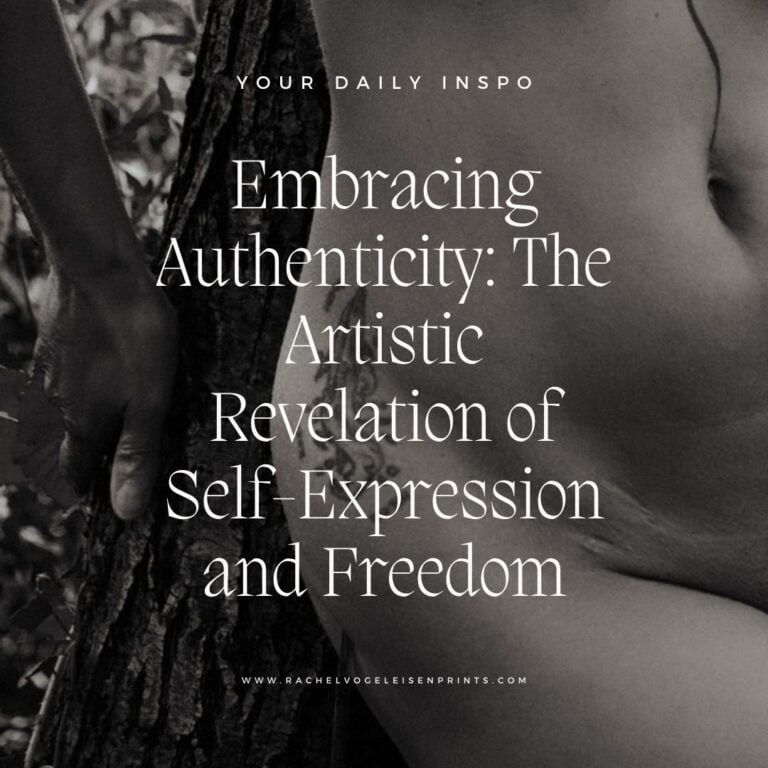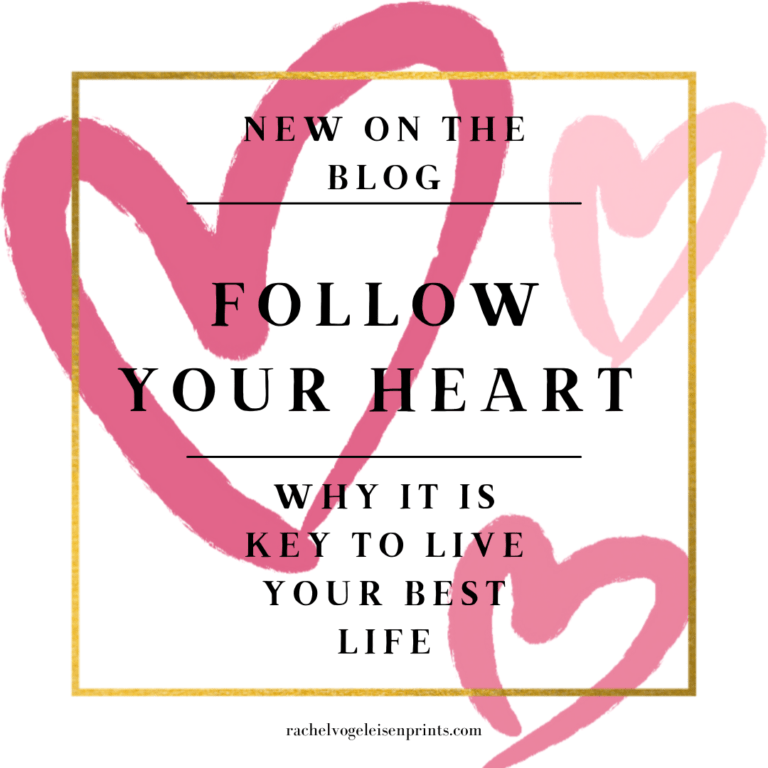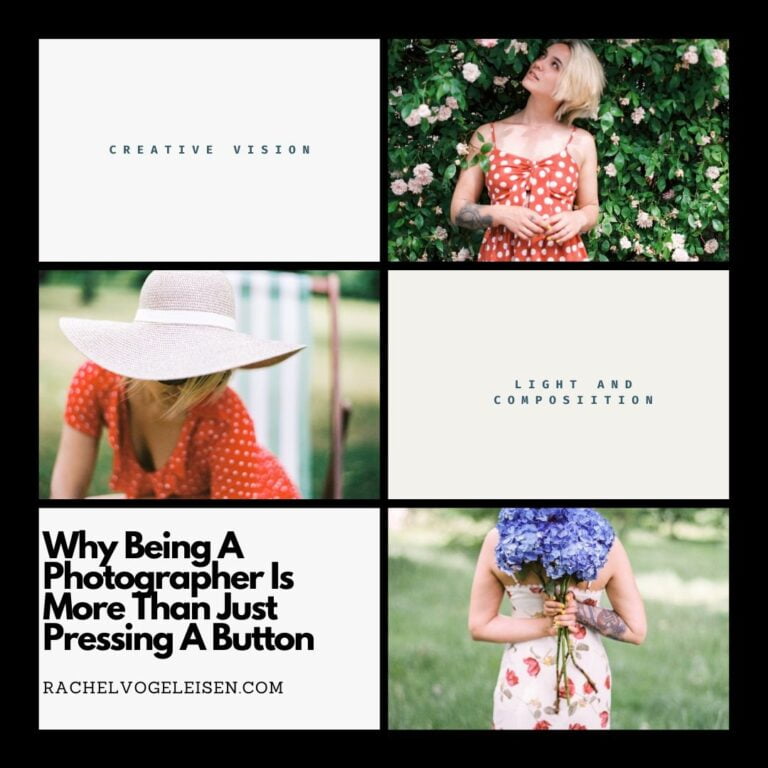Going to Paris for the day seemed wild, but it sparked my creativity. My artistic journey changed how I viewed the connection between sculpture and photography. I had planned a day of exploration and started at the Musée Rodin.
I thought of the day ahead as I walked out of the train. I booked a ticket to visit the Rodin Museum. I also wanted to see to the Suzanne Valadon exhibition, but the museum is closed on Tuesdays.
Before heading to the Rodin Museum, I grabbed a coffee and a cinnamon bun at Copain gluten-free bakery. Living in France and being on a gluten-free diet is challenging. I found Copain Bakery on a past trip to Paris and loved it immediately. It will never be the same as a fluffy croissant, but their pastries are divine.
I took the métro from Gare de Lyon to the Opéra. From there, I walked to the museum via the Rue du Bac. The museum is in the 7th arrondissement of Paris, which I was unfamiliar with. I discovered the House of the French Prime Minister, Hôtel Matignon and walked by the Hôtel de Castries, built in 1696.
Morning at the Musée Rodin
I love Rodin’s sculptures and don’t know why it took me so long to return. It is set in a beautiful garden in an elegant 19th-century mansion, with some of Rodin’s works displayed outdoors. It’s easy to buy a ticket online, valid for a year, and it helps you skip the queues. When I got there, it wasn’t too crowded.
As I walked through the garden, I encountered the famous thinker, Rodin’s most renowned creation, perched in contemplation.
Upon entering the house, you will first notice the staircase. I remember seeing these steps in wedding photography by a photographer I’m following on Instagram. What a gorgeous place to be photographed.
I began my visit in the “Emergence of a Sculptor” room, where Rodin’s artwork is shown chronologically. I was reminded of how he struggled to gain recognition as an artist. The Salon de Paris rejected his early work because it was too idealised.
Later, his sculpture, “Age of Bronze,” caused a scandal because he was accused of using a life cast for it. This magnificent statue would later help him secure a commission for the Gates of Hell.
When you look at sculpture, you can find similarities with photography. Looking around, I saw how the light was shaping these bodies. Sculpture is 3D, but how the light falls on it adds dimension to these forms. It’s like looking at a real body and seeing how the light shapes it.
This is how I work when I shoot nude photography. I aim to dress the body I photograph using light and shadow, like the photograph below. That is why I loved looking at these sculptures so much.
Walking through the rooms, I spotted one of my favourite Rodin sculptures, The Kiss. It’s a masterpiece of beauty carved in white marble. I wondered: had Rodin considered how we would move around his work? Was this choreography between the viewer and the object part of his intention? Rodin sculptures have grace and the power to move you. Another sculpture that is pure delight is called the Danaid, which he created in 1885, so sensual. Did Camille Claudel pose for this one? This sculpture was also created for the Gates of Hell.
Continuing my visit, I reached the room dedicated to Camille Claudel. Like Artemisia Gentileschi, she is one of my artistic influences. One of Camille’s most famous artworks is the Waltz; it is strikingly beautiful, graceful, and elegant. It is also a display of passion, and you may wonder if this waltz is between Rodin and Camille.
Another beautiful sculpture by Camille is the Gossip, or Women Chatting, made of bronze and onyx marble. Her work is striking and original, and I love how she used green marble to create her sculptures.
How could a woman so talented end up locked in a psychiatric asylum for 40 years? Patriarchy had a lot to do with it. Despite desperate pleas to her brother, Paul Claudel, a famous writer, he refused to sign her out.
I finished my visit sitting in the garden, reminiscing about seeing so much beauty. I’m tempted to take up sculpture, but I will stick to photographing humans for now.
With the Rodin pieces still fresh in my mind, I headed to the streets of Le Marais, where I encountered an unexpected artistic discovery.



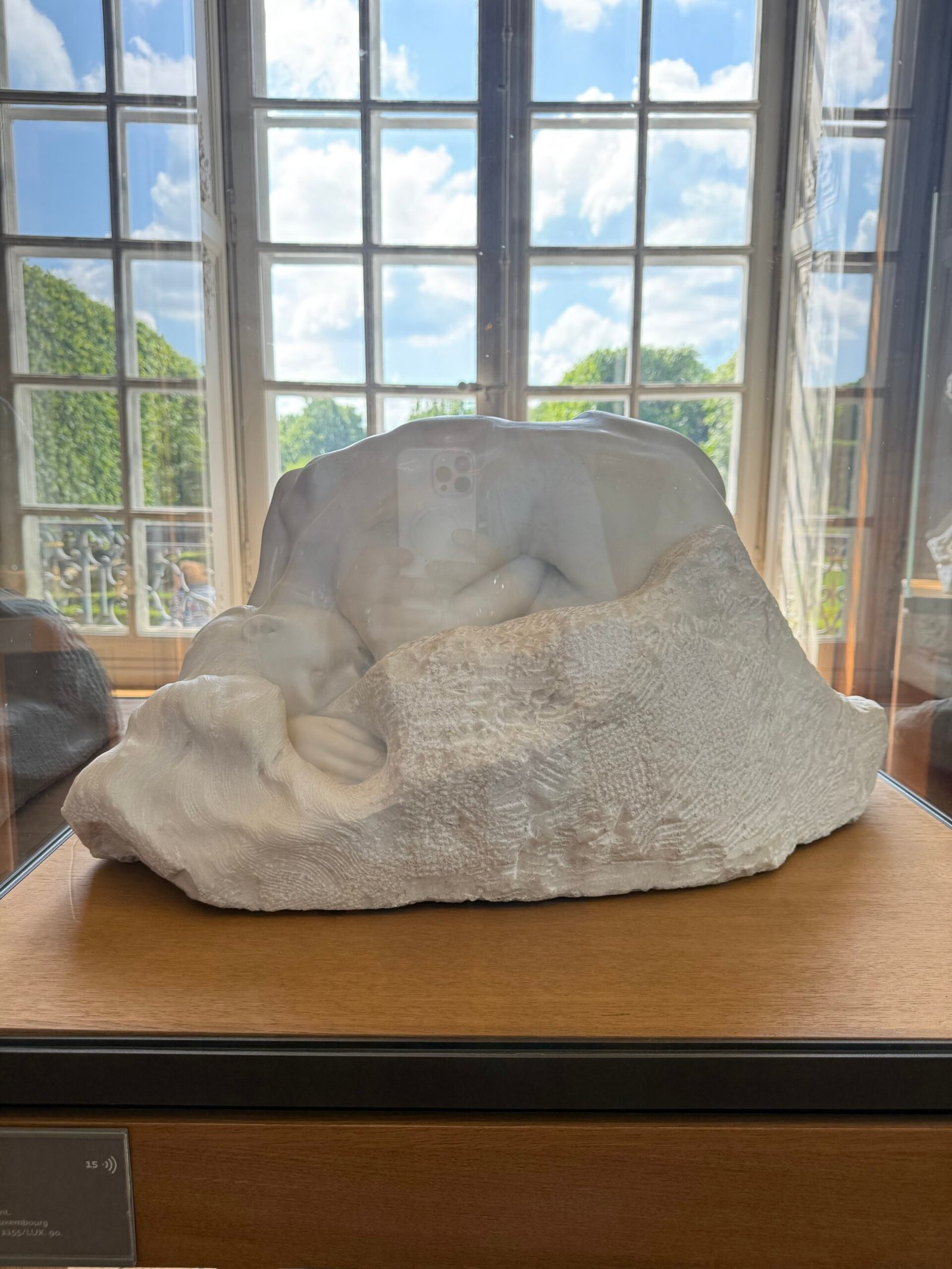




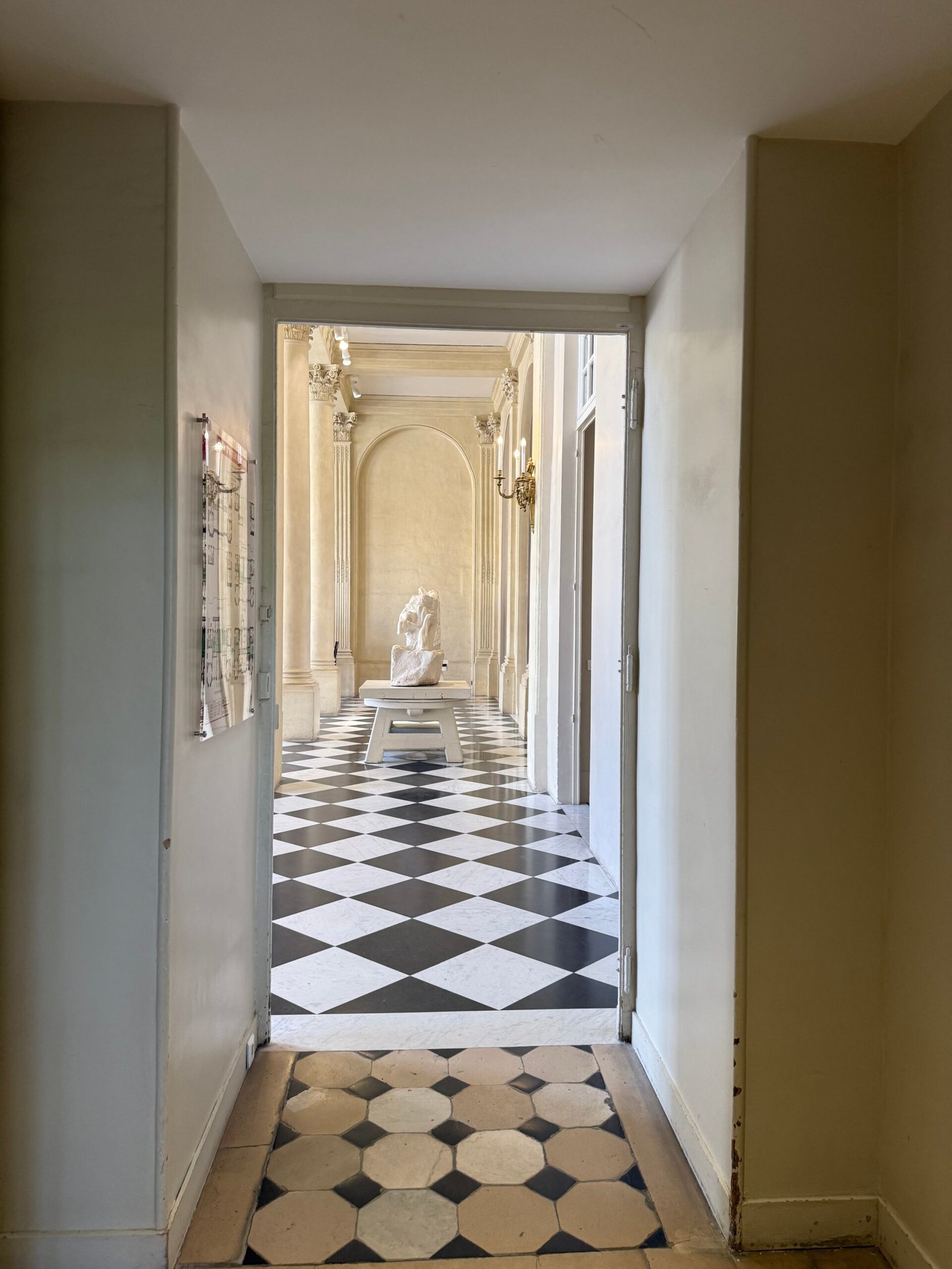
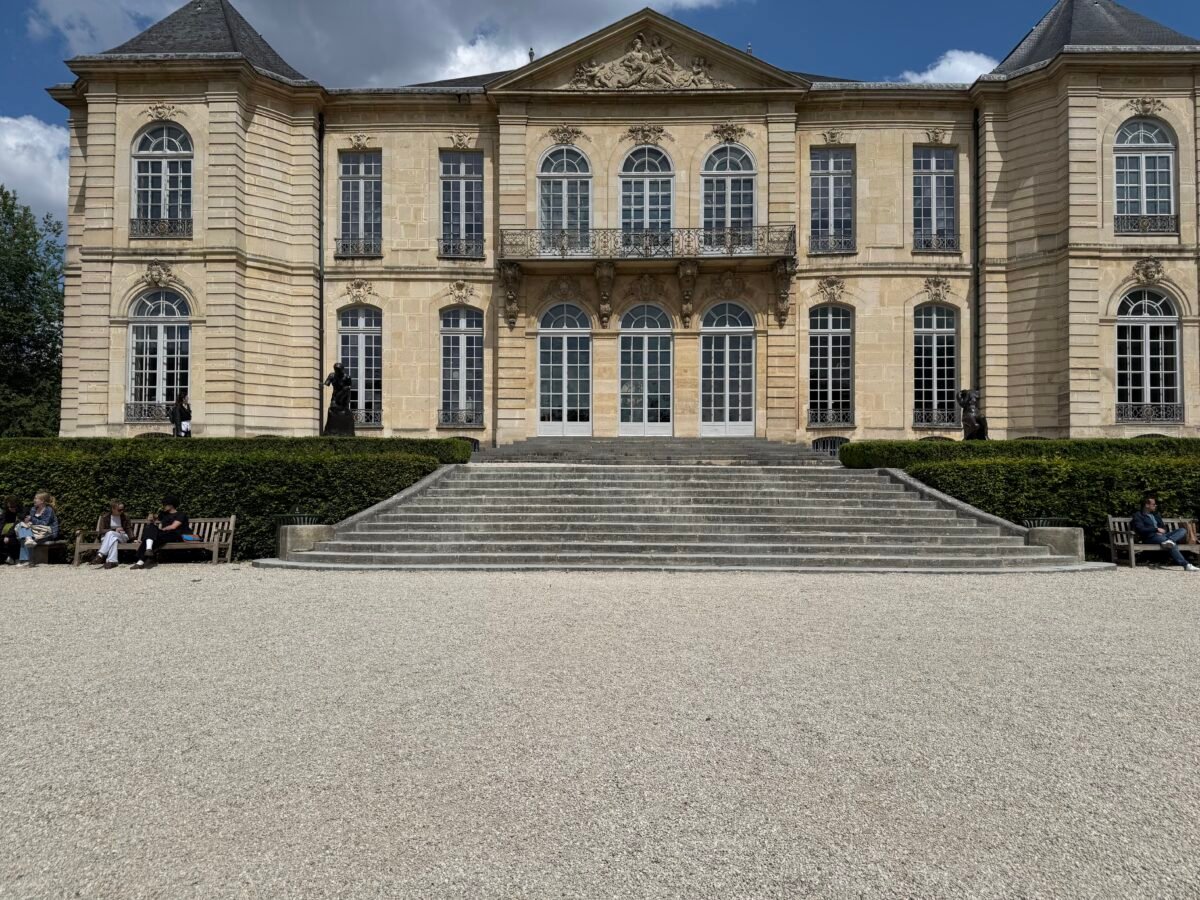
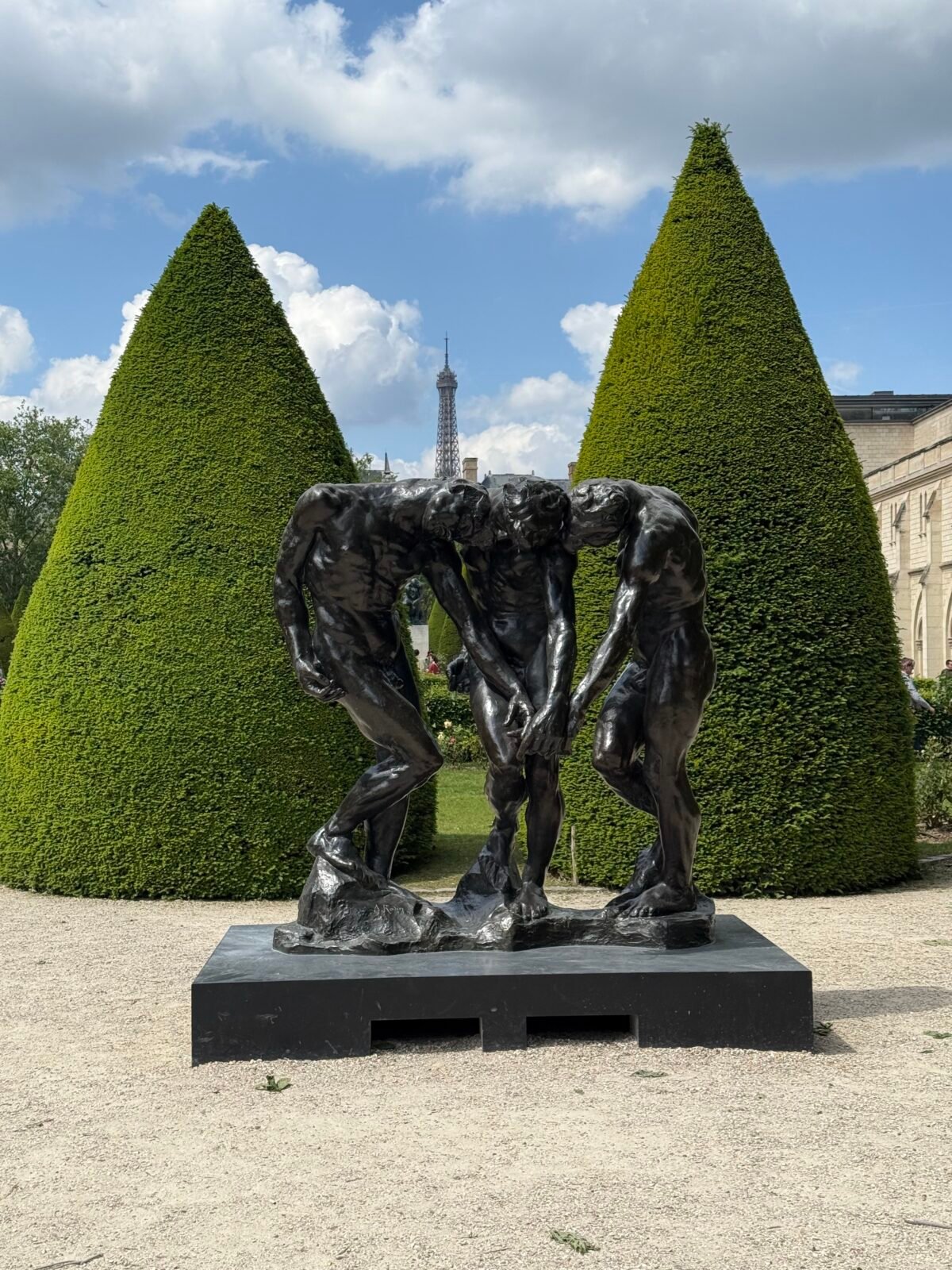

An Unforeseen Discovery in Le Marais
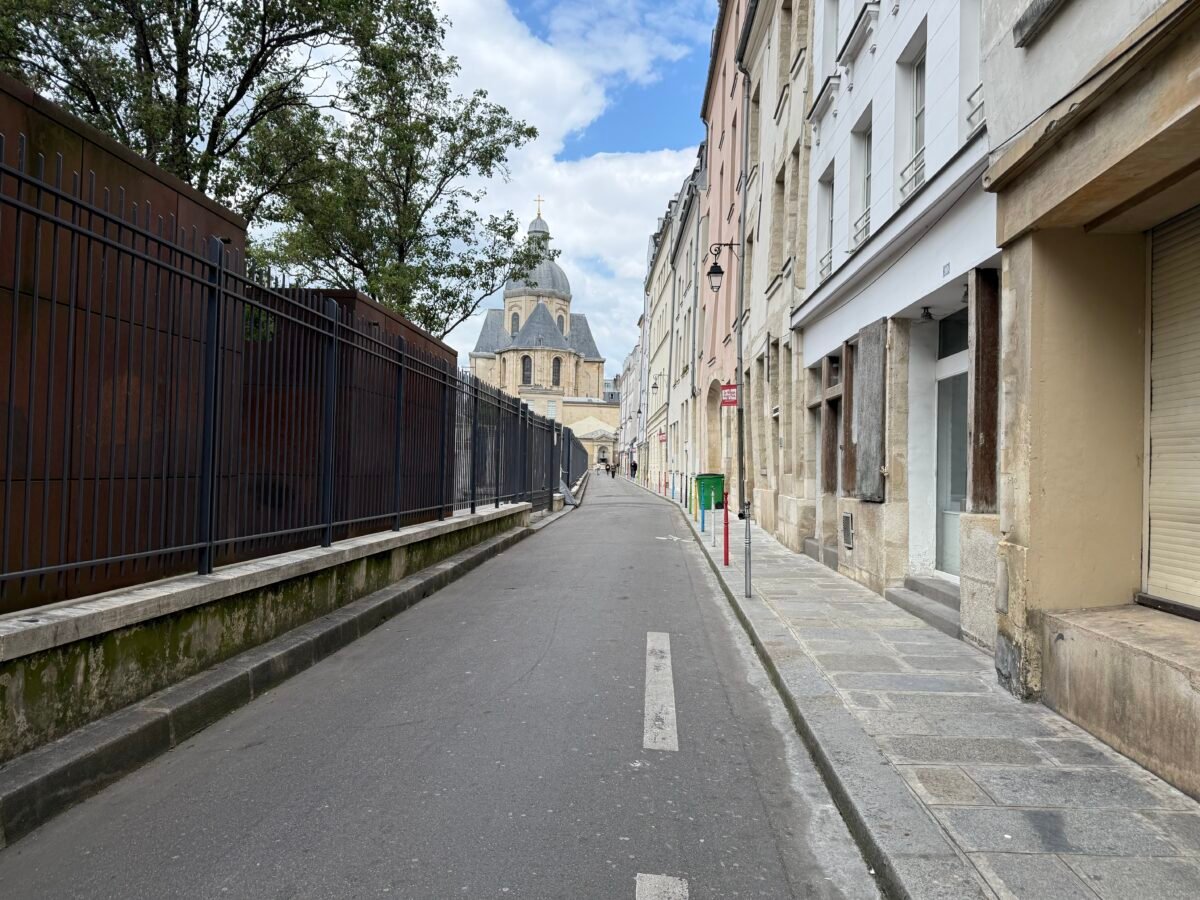

My destination was accidental—the Village Saint-Paul, a hidden network of courtyards housing art galleries, antique shops, and artisan workshops.
As I turned into one of the courtyards, a black-and-white photograph in a gallery window caught my attention. The image showed analogue, dreamy pictures of Paris. Looking through the window, I saw that the photographer Shiguru Asano had invited me into his gallery. I was fascinated by the display of his work printed onto baryta paper; I could see the deep blacks shining in the light. Shiguru explained that he was photographing with a Pentax 67 and Ilford film. His photos included a lot of blur, and he mentioned that he captured his images from a reflection in a rain puddle. Most were taken in Paris and London; his darkroom is in the back of the gallery. As I walked out, I looked him up on Instagram; he is not very active on it, but I invite you to check out his work.
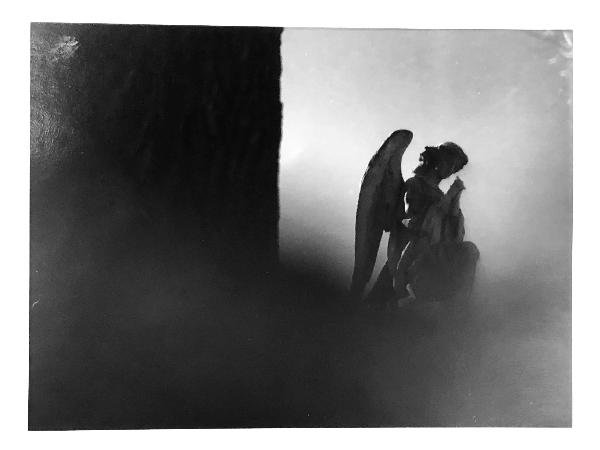
If you find yourself in Paris, I recommend spending a day following this artistic journey from the Musée Rodin (79 rue de Varenne in the 7th arrondissement) to the Village Saint-Paul (accessible from rue Saint-Paul in the 4th). While Shigeru Asano is my discovery in this narrative, the Village hosts numerous galleries where you can find your own artistic connection.

